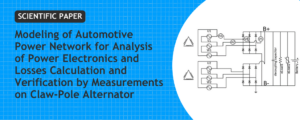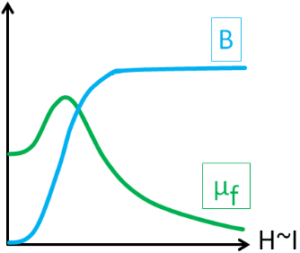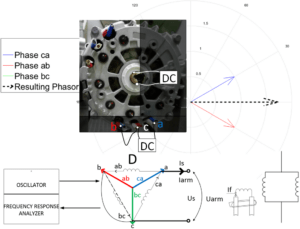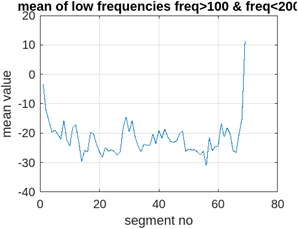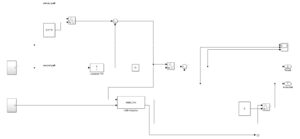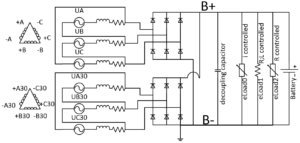New test bench for vehicle power network with outstanding accuracy, resolution and data rate allows a high quality and at the same time low cost research on typical test cases and situations that appear in commercial vehicles. All different signals e.g. load profiles, speed ramps or other process variables could be run in real time. All test cases are automated i.e. more than one variable is changing during the test case. Differentiation between test cases is made through the software solution and appears on the fly with no need for additional hardware or software preparation. The measurements are triggered and acquisied time synchronously that makes the precise post processing within 100 μs possible. The results provide the information about potentially critical points of power network and components. The test bench is widely expandable. Potential of the test bench for possible diverse test cases is near to limitless.
For automotive industrial applications the rapid high dynamic processes of changing the power network voltages and currents, either in the drains like automotive battery and loads, as well as in the source resp. alternator are common phenomena, which are undesirable and, which the automotive manufacturers has to deal with…
Sign-up at WiredWhite and get access to read the full scientific article by Dr. Dimitri Weiss and Dr. Dieter Gerling, which they have presented for the first time at the KINTEX in Korea in 2015.
This content is for Basic and Premium members only.
Join Now